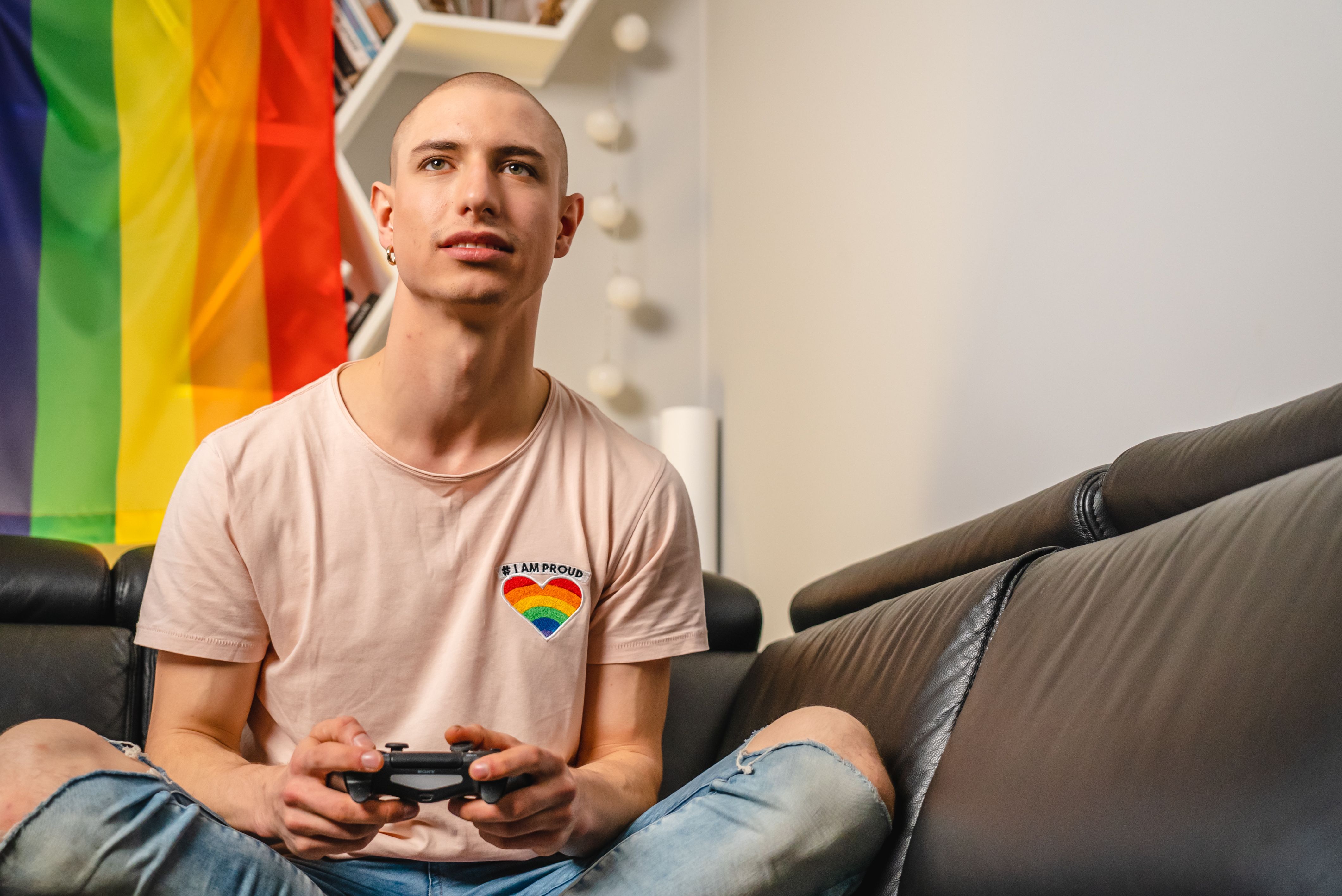News
Article
Eating Disorders and OTC Weight-Loss Product Consumption in Adolescents
Psychiatric Times discussed the recent research with Anne Marie O'Melia, MD, MS, FAAP, CEDS-S, of the Eating Recovery Center.
Creativa Images_AdobeStock

CLINICAL CONVERSATIONS
A recent systemic review and meta-analysis explored the prevalence of consumption of over-the-counter (OTC) weight-loss products among adolescents.1 Psychiatric Times® sat down with Anne Marie O'Melia, MD, MS, FAAP, CEDS-S, of the Eating Recovery Center to discuss this study, plus how clinicians can address OTC weight-loss product consumption and disordered eating in their adolescent patients.
Psychiatric Times: New research shows that nearly 1 in 10 adolescents have used non-prescription weight-loss products.1 What psychological factors do you believe contribute to the popularity of these drugs among adolescents?
Anne Marie O'Melia, MD, MS, FAAP, CEDS-S: These are risky behaviors. We know that kids who are engaged in dieting behaviors and who are using OTC weight-loss products are at higher risk of developing eating disorders. And these kids are particularly vulnerable to influences that promote unrealistic beauty standards from their peer groups, their family system, and from media or social media.
In this study,1 the prevalence of nonprescription use of weight-loss products was significantly higher in North America compared with Europe and Asia and also significantly higher in girls than boys at all time points (past week, past month, past year, and lifetime). It found that almost 1 in 10 US adolescent girls had used a weight-loss product during their lifetime and in the past year.
If we look to this study and to earlier research, we come to understand this as a significant public health concern because there are real medical and psychological health risks associated with this practice. In particular, the use of weight-loss products in adolescence has been correlated with low self-esteem, overvalued aesthetic ideals attributed to thinness, and high body size dissatisfaction. In turn, these are all risk factors for developing serious eating disorders.
PT: Ozempic has gained considerable popularity as a weight-loss drug, and more patients are reporting consumption of GLP-1s. What are your thoughts on use of Ozempic for weight loss?
O'Melia: When a person living in a larger body also has serious medical issues like diabetes, hypertension, or heart disease, it is reasonable to encourage changes in nutritional intake and activity level that will help address these problems. But, in general, diets do not work! So prescribing weight loss or providing a medical recommendation to go on a diet is not only unhelpful for most people—it can do real harm.
Taking these medications in the absence of any correlative medical concerns for the single purpose of weight loss has to be understood simply as a cosmetic intervention. Essentially, this means a healthy patient is taking this medicine to become (what they believe is) more attractive to others.
We, unfortunately, live in a world filled with weight stigma that harshly judges anyone living in a larger body. Prescribing GLP-1 agonists for cosmetic purposes refuels the cultural and medical mythology that weight is a choice and size is a disorder that needs correcting. This practice propagates and medicalizes the most dangerous aspects of our diet culture, thereby increasing the risk of eating disorders not only for the patient taking the medication but also for those around them.
PT: Given the known risks associated with the use of Ozempic for weight loss and other nonprescription weight loss drugs, what strategies do you recommend for early identification and intervention in clinical practice?
O'Melia: There are many common adverse effects of GLP-1 agonists, like gastroparesis, nausea, and constipation, that need to be discussed and planned for before starting these medications. These medications generally only work for as long as they are taken, and we have very little understanding of the risks with long-term use.
But the main risk associated with GLP-1 agonists and other weight loss drugs that I worry about is the precipitation or the exacerbation of a restricting type eating disorder. Anorexia nervosa has the second-highest mortality rate of any psychiatric illness,2 so we cannot minimize these risks.
When considering a GLP-1 agonist for any reason, we must screen for disordered eating. Before prescribing, any current or historical symptoms of an eating disorder must be assessed and documented. Then, if the medication is started, we provide ongoing assessment of any adverse effects, like gastroparesis or loss of interest in palatable food, that interfere with a patient’s ability to follow a reasonable meal plan with adequate caloric intake.
If a patient is not able to adhere to a healthy minimal meal plan, the medication is likely doing more harm than good. That patient is at significant risk of developing or intensifying an eating disorder, and the medication should be discontinued.
Beyond weight loss and eating patterns, we must also screen for the emotional and cognitive symptoms of eating disorders. For example, we worry if the patient has started to avoid eating around other people or has stopped participating in social activities that involve shared food intake.
Other helpful screening questions are, “Would you say that food (or weight loss) dominates your life?” “Are other people expressing concern about your eating habits?” and simply, “Are you becoming concerned that you are developing an eating disorder or that you are losing control of your eating habits?”
PT: What are the connections between social media and eating disorders in adolescents? How do you suggest mental health clinicians discuss social media and eating disorders with their adolescent patients?
O'Melia: Our social media feeds are bombarded by diet culture. Dangerous viral TikTok and Instagram trends not only worship thinness, but they also extol eating disorders and disordered eating habits. Social media algorithms push these dangerous messages to our most vulnerable media consumers. The messaging that goes along with this glorifies restrictive eating behaviors, promising that they will be happier, better versions of themselves.
We know digital detox is beneficial for mental health, but often unrealistic for adolescents, as they use their devices and these platforms to socialize and connect to the broader world. There are some creators and accounts that provide helpful content and can build community. The important piece here is to be mindful of the content you and your loved ones are consuming. Unfollowing, blocking, and filtering content can be incredibly effective and empowering.
Dr O’Melia is the chief clinical and quality officer for the Eating Recovery Center.
References
1. Hall NY, Pathirannahalage DMH, Mihalopoulos C, et al. Global prevalence of adolescent use of nonprescription weight-loss products: a systematic review and meta-analysis. JAMA Netw Open. 2024;7(1):e2350940.
2. Anorexia nervosa—highest mortality rate of any mental disorder: why? Eating Disorder Hope. Accessed February 23, 2024. https://www.eatingdisorderhope.com/information/anorexia/anorexia-death-rate#:~:text=The%20anorexia%20death%20rate%20is,and%20often%20long%2Dterm%20treatment
















